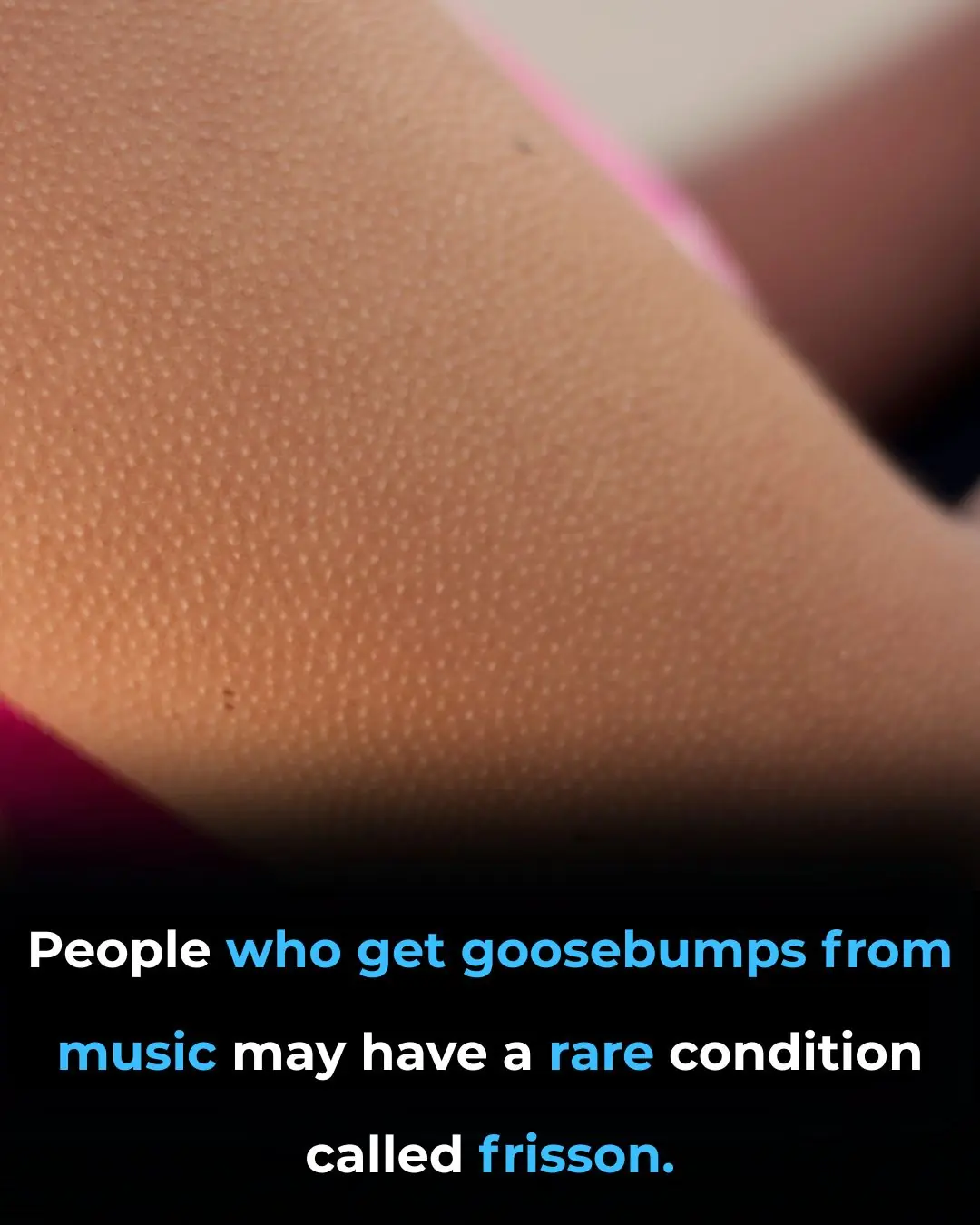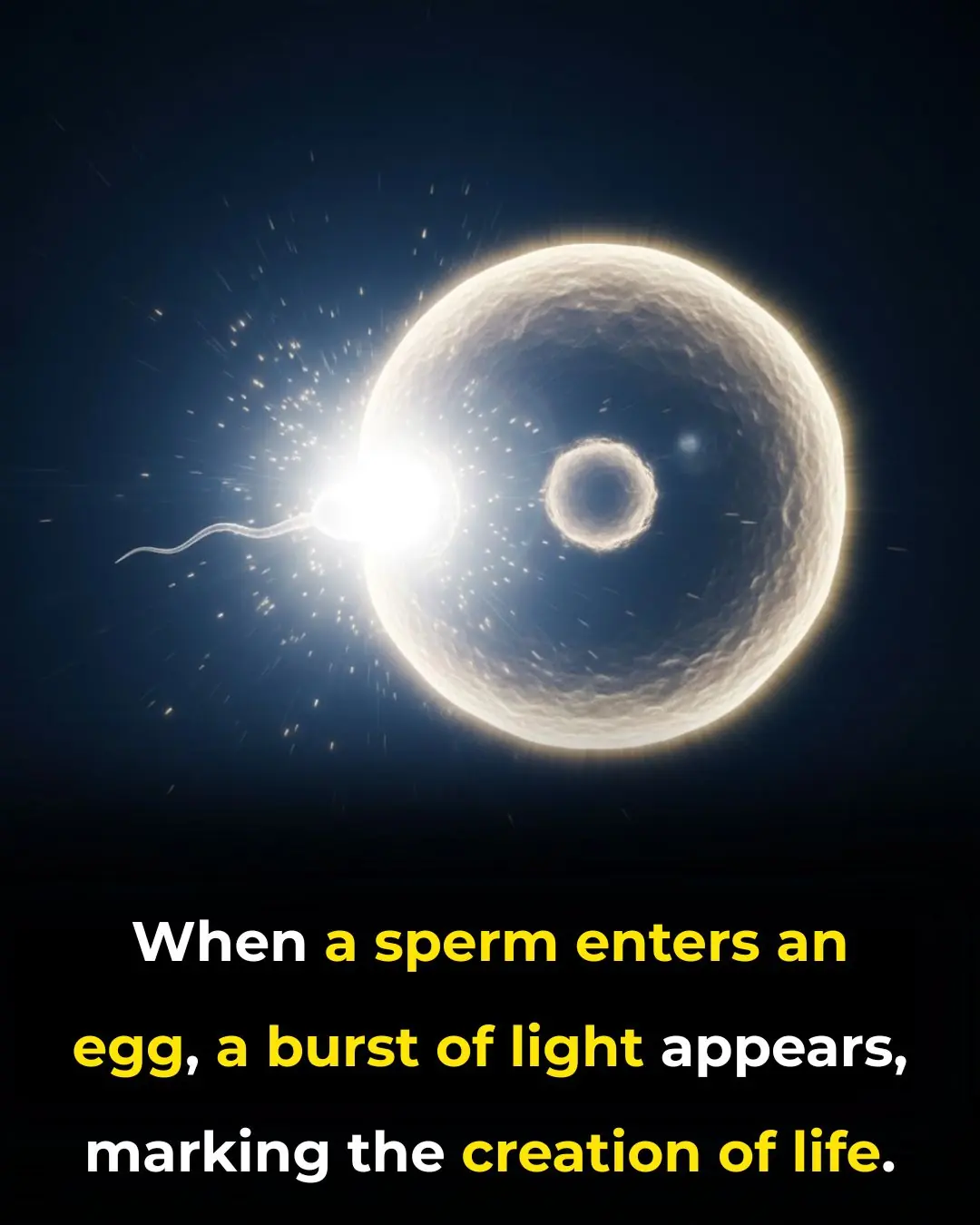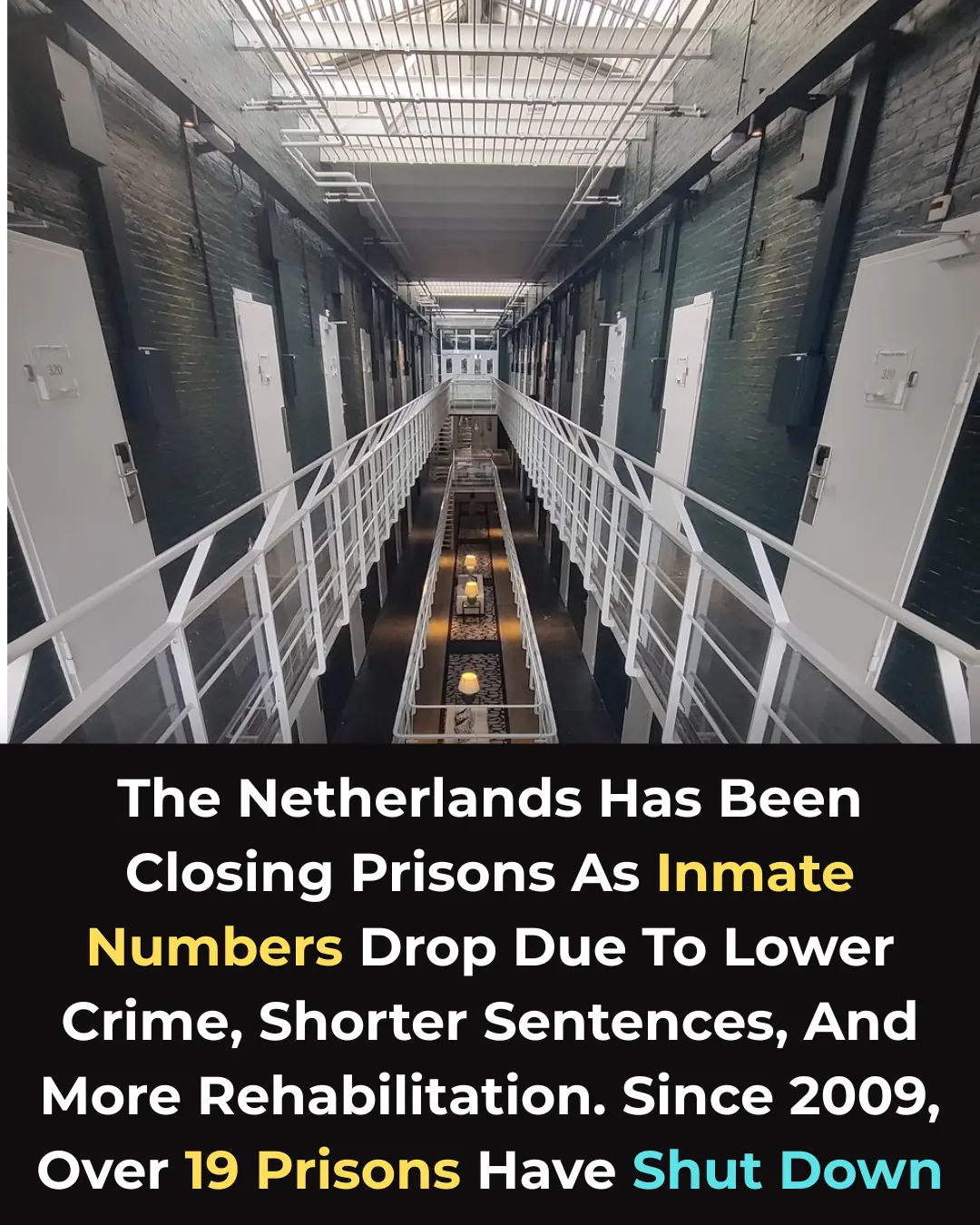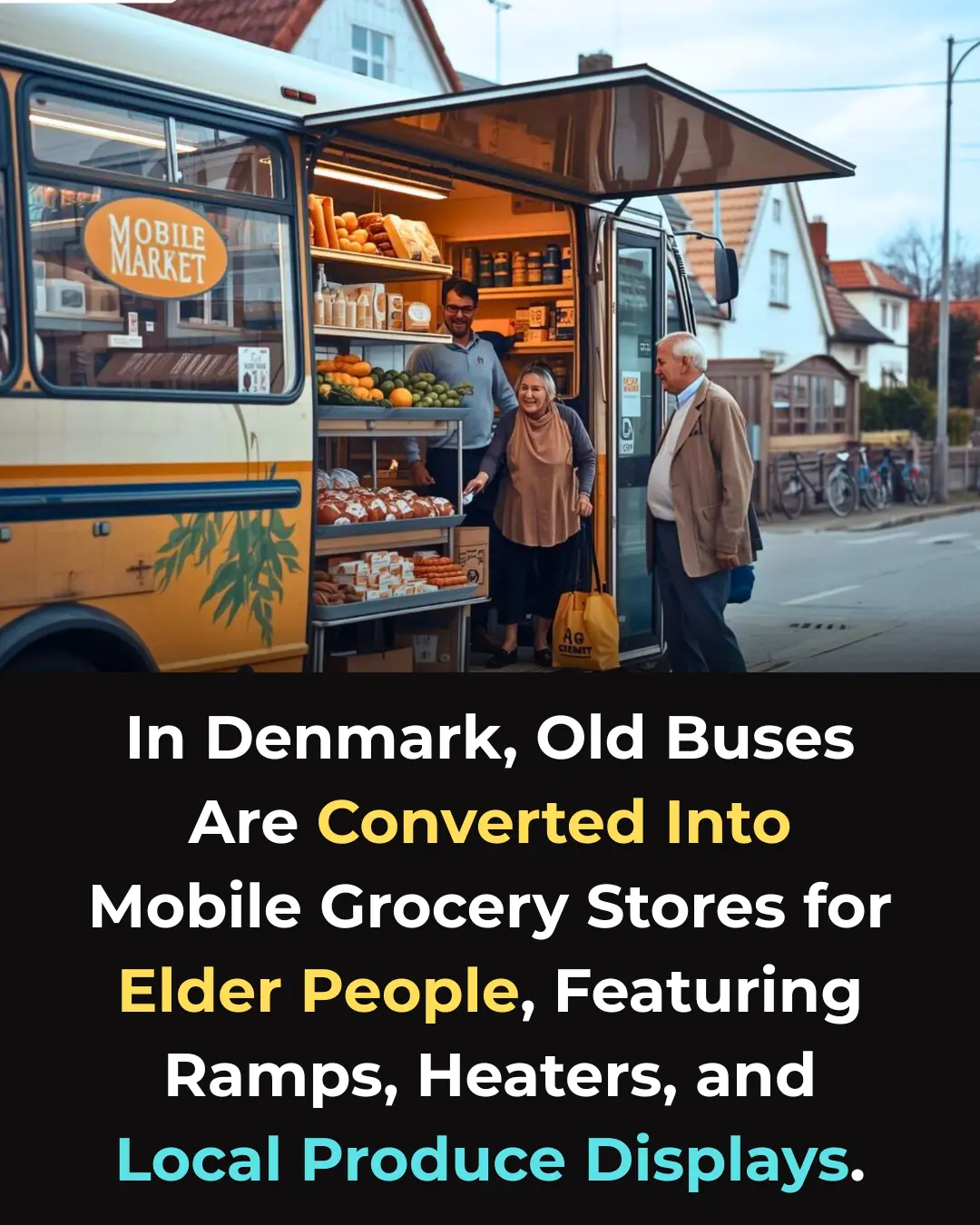
Why Germany’s Animal Shelters Are Virtually “No‑Kill” — And How the Law Makes It So
In Germany, the reason many animal shelters are “no‑kill” is not merely a matter of policy or goodwill — it is enshrined in law. Under the German Animal Welfare Act (TierSchG), no one may kill — or cause unnecessary pain, suffering or harm — to a vertebrate animal without a legitimate, legally sanctioned reason.
Legal Foundation for Protection
The core principle of the law is articulated in Section 1: human beings are responsible for safeguarding the lives and well‑being of animals; causing avoidable suffering or harm is prohibited. Consequently, euthanasia of healthy companion animals — such as dogs and cats in shelters — is only permissible under narrow, extreme circumstances. These may include intractable suffering due to terminal illness, or situations where an animal poses a real danger to public safety. Institutional overload or simply lacking space do not qualify as valid reasons for killing.
What This Means for Shelters
Because of this strong legal protection, shelters across Germany do not routinely euthanize healthy or adoptable animals. Instead, they commit to caring for every dog, cat or other companion animal until a suitable new owner is found — regardless of how long that may take. In other words: German shelters operate, in practice, as “no‑kill” shelters by default. The decision to end an animal’s life must always be grounded in serious welfare or safety concerns, not in convenience or capacity.
Broader Implications for Animal Welfare
This legal framework reflects a deep commitment to treating animals as living beings rather than disposable property. Under the law, animals are recognized as “fellow creatures” capable of feeling pain — one of the few jurisdictions where this idea is codified. Moreover, because the law provides clear protection, shelters are structurally encouraged to find forever homes for animals rather than defaulting to euthanasia. This structural safeguard helps ensure that life is not ended merely because space runs out.
Challenges and Realities
Of course, implementing a no‑kill system is not without challenges. Some shelters report being overwhelmed, especially during periods of increased demand (for example, after the COVID‑19 pandemic), which has strained capacity in certain regions. Yet, even in these situations, the law limits euthanasia to strictly justified cases — meaning that the commitment to care and adoption remains central to shelter operations.
Conclusion
By anchoring animal protection in binding legislation, Germany demonstrates how compassion for animals can be institutionalized. The existence of virtually no-kill shelters nationwide is not simply an outcome of social attitudes — it is the direct consequence of a legal framework that recognizes animals’ welfare and dignity. In doing so, Germany sets a powerful example: that respecting life and granting animals a chance at adoption — instead of routine euthanasia — can be built into law.
Sources:
News in the same category


The Curious Story Behind "Ancient Lights" in UK Property Law

From Precarious to Prosperous: Denmark’s Approach to Entry-Level Jobs

California’s Solar-Canal Initiative: A Game-Changer for Clean Energy and Water Conservation

Nevada Teen Shows Extraordinary Love, Buys Mom a Chevrolet Metro

The Greenland Shark: A Creature That May Have Lived Through the 1600s

Steve Ballmer’s $170 Million Annual Commitment to Early Childhood Education in Washington State

Steven Pruitt and the Power of Volunteer Knowledge

Frisson: The Science and Sensation of Goosebumps from Music and Art

A Ride for Hope: How One Afghan Father Is Transforming His Daughters’ Future

When Life Begins With a Flash: Understanding the Zinc Spark Phenomenon

From Endangerment to Recovery: The Remarkable Journey of the Haleakalā Silversword

Closing Prisons, Strengthening Communities: The Netherlands’ Remarkable Shift

The Quiet Billionaire: How Epic Systems’ Founder Is Donating Nearly All Her Wealth

Utqiaġvik’s Polar Night: Sixty-Seven Days Without a Sunrise in Alaska’s Northernmost City

A Remarkable Encounter: How a Sparrow’s Nest Was Left Standing Amid 200 Fallen Plants

Innovative Mobility: Denmark’s Mobile Markets Enhancing Food Access for Seniors

Revolutionary Miniature Implant Offers New Hope for Restoring Vision in Macular Degeneration Patients

A Simple Superfood That Enhances Your Baby's Brain Development During Pregnancy
News Post

Eggs and Coffee: A Surprisingly Powerful Breakfast Combination

Boost Your Immune System Year-Round with Garlic, Onion, and Lemon

Fig Sap (Ficus carica): Uses, Benefits, and Safety Considerations

Billionaire Judy Faulkner, 82, Commits to Giving Away 99% of Her $7.8B Fortune

The Curious Story Behind "Ancient Lights" in UK Property Law

From Precarious to Prosperous: Denmark’s Approach to Entry-Level Jobs

California’s Solar-Canal Initiative: A Game-Changer for Clean Energy and Water Conservation

Nevada Teen Shows Extraordinary Love, Buys Mom a Chevrolet Metro

The Greenland Shark: A Creature That May Have Lived Through the 1600s

Steve Ballmer’s $170 Million Annual Commitment to Early Childhood Education in Washington State

Steven Pruitt and the Power of Volunteer Knowledge

Frisson: The Science and Sensation of Goosebumps from Music and Art

A Ride for Hope: How One Afghan Father Is Transforming His Daughters’ Future

When Life Begins With a Flash: Understanding the Zinc Spark Phenomenon

From Endangerment to Recovery: The Remarkable Journey of the Haleakalā Silversword

Closing Prisons, Strengthening Communities: The Netherlands’ Remarkable Shift

The Quiet Billionaire: How Epic Systems’ Founder Is Donating Nearly All Her Wealth

Utqiaġvik’s Polar Night: Sixty-Seven Days Without a Sunrise in Alaska’s Northernmost City
